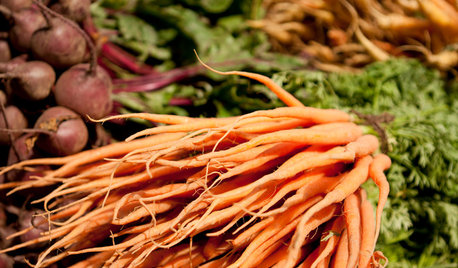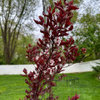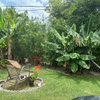unripe cherries darkening and shriveling
marcantonio
12 years ago
Related Stories

FARM YOUR YARDWhen to Harvest Vegetables and Fruits
Get the most from your garden by knowing the best times to pick different edibles
Full Storylast year my cherry tree produced beautiful fruit,
this year i thought the crop looked even larger.
ripening is maybe 2 weeks away but fruit is darkening and shriveling but not falling from the tree, i have sprayed as recomended and the tree and leaves look perfectly healthy.
i have a peach planted next to the cherry right now has no problems. but can this disease spread to the peach. i sprayed again yesterday. what do you think?






Scott F Smith
alan haigh
Related Professionals
Maple Valley Landscape Architects & Landscape Designers · Arlington Landscape Architects & Landscape Designers · Lakeland Landscape Contractors · Peabody Landscape Contractors · Woburn Landscape Contractors · Brunswick Landscape Contractors · Chelmsford Landscape Contractors · Hoover Landscape Contractors · Mercedes Landscape Contractors · Siloam Springs Landscape Contractors · Spring Landscape Contractors · St. Louis Landscape Contractors · The Woodlands Landscape Contractors · Wailuku Landscape Contractors · Winter Gardens Landscape ContractorsmarcantonioOriginal Author
jean001a
alan haigh
Scott F Smith
olpea
alan haigh
Scott F Smith
olpea
Scott F Smith
olpea
Scott F Smith
olpea
Scott F Smith
Scott F Smith
alan haigh
olpea